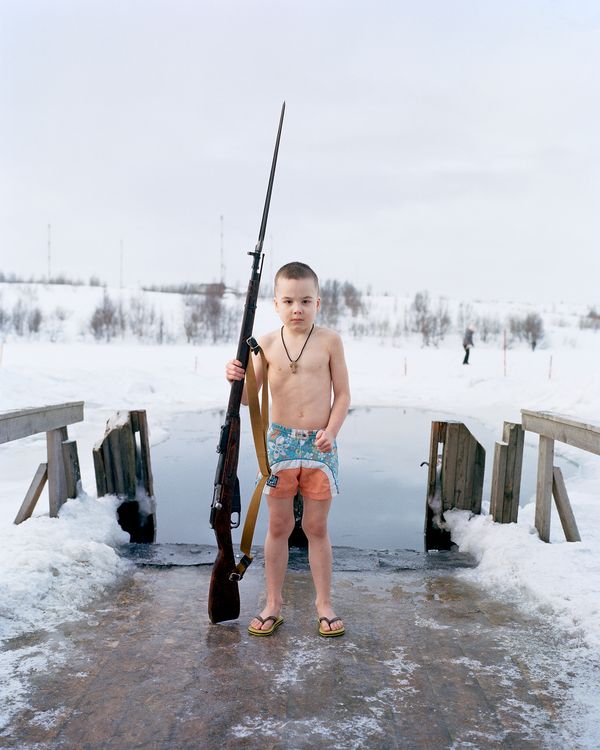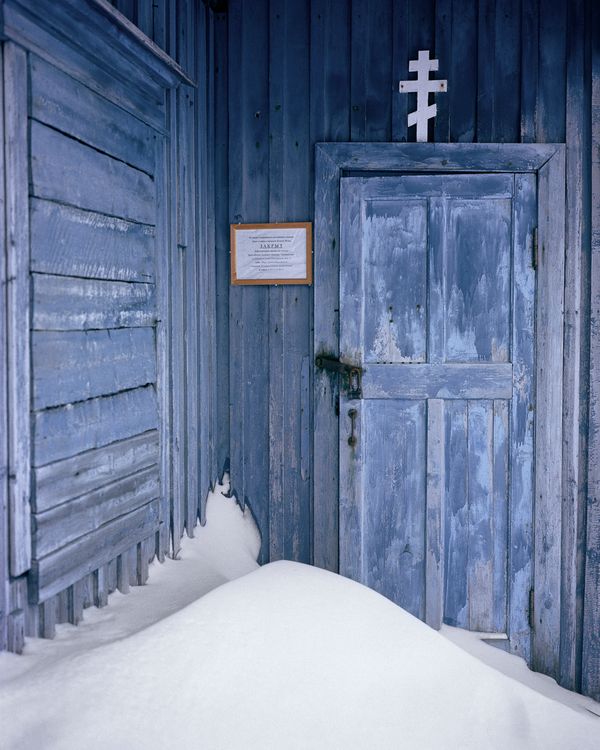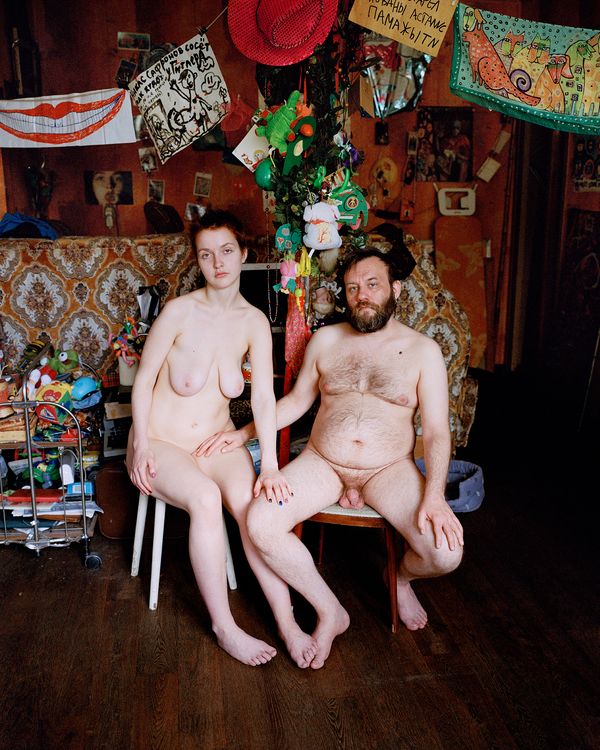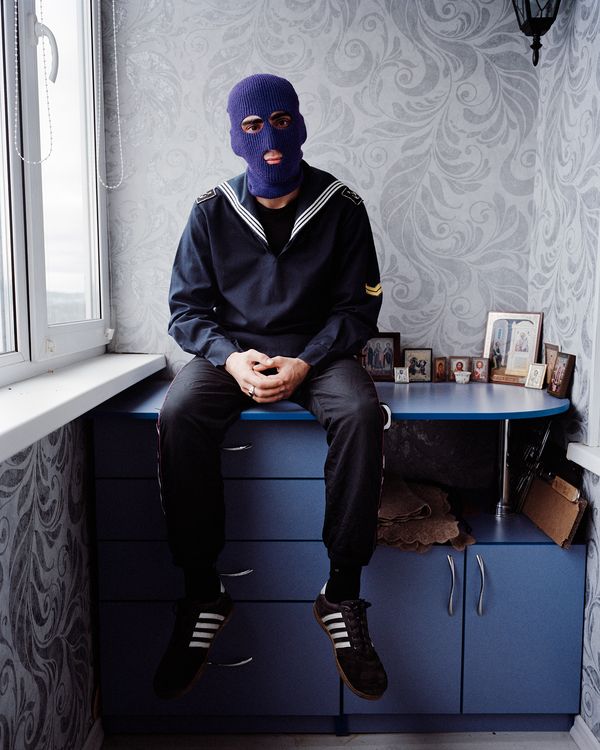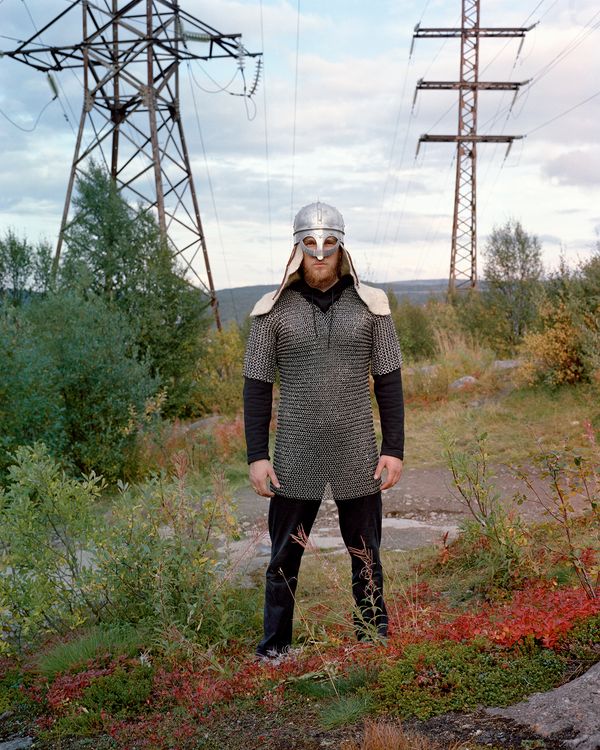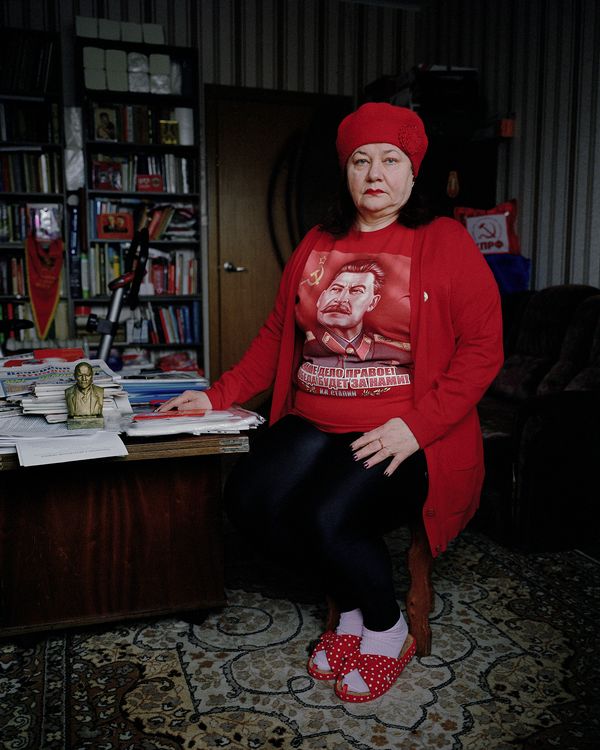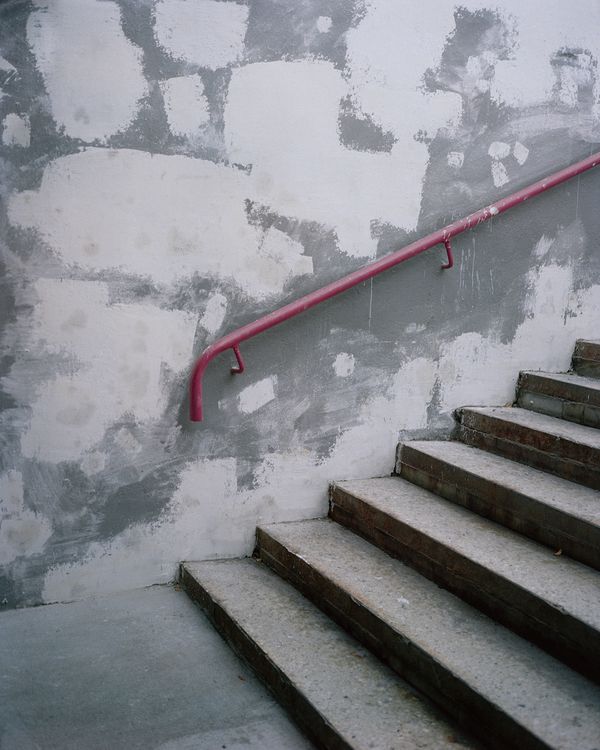Kolsky
-
Dates2019 - 2021
-
Author
-
Recognition
Our bus got stuck in the snowstorm and the driver said: “Everyone who wants to reach our final destination is welcome to go out and push the bus.” That was one of my first impressions of Kolsky.
Since 2019 I’ve been visiting the region of Kola Peninsula or Kolsky, as local people call it. Located more than 2000 kilometers from Moscow, the Arctic region stays covered by snow typically eight months in a row. The place attracted me with its snowy beauty and frozen landscape bringing me back to my childhood in a sleeping district in Moscow.
The Russian Northern Fleet, the largest number of nuclear reactors in the world, the highest number of nuclear weapons in Russia, minerals, oil, gas - these are the main pillars on which the region stands.
Parents and grandparents of the youngest generation moved here from all around the former USSR to build the new industrial future of the region. In exchange for living in harsh Arctic conditions they were guaranteed stability, through regular income and employer-provided housing. After the collapse of the Soviet Union, the place stagnated economically and its infrastructure began to crumble.
At this remote peninsula, I was interested in exploring untypical characters and their paths in the society, which for two generations used to be standatalised by the communist regime. When many left to seek new opportunities in big cities like Moscow and Saint Petersburg, others stayed at Kolsky. Those who stayed immersed themselves in the difficult reality around them, which sometimes led them down illegal and unconventional paths.
